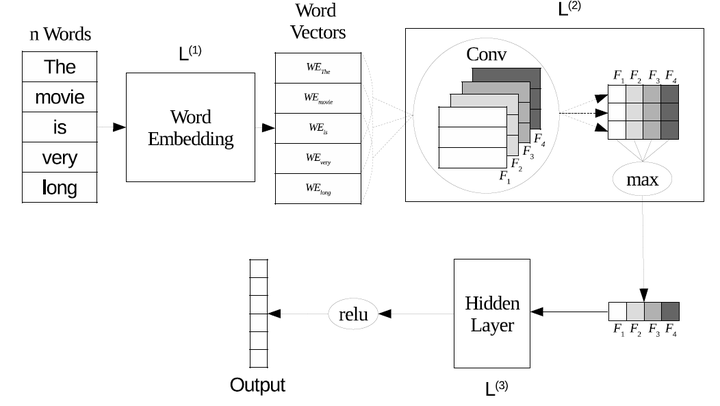TextCSN: a Semi-Supervised Approach for Text Clustering Using Pairwise Constraints and Convolutional Siamese Network

Abstract
Clustering is a key problem in several applications. Although this task is originally unsupervised, there are many proposals leveraging different supervision signals in order to improve clustering performance. Some semi-supervised clustering methods employ pairwise constraints to inform the learning algorithm about pairs of instances that should be in the same cluster (must-link constraints or similar instances) and pairs that should be in differen clusters (cannot-link constraints or dissimilar instances). In many applications, to provide pairwise constraints is cheaper than asking users for explicit labels on the data. More recently, deep clustering methods have been proposed in the literature. Such methods consists in learning a deep neural representation of the input data in order to improve clustering. In this paper, we present TextCSN, a deep clustering approach that combines (i) a Convolutional Siamese Network (CSN) based on pairwise constraints to perform representation learning and (ii) the traditional K-Means algorithm for unsupervised clustering using the learned representation. As far as we know, this is the first semi-supervised deep learning method based on pairwise constraints applied on text clustering. By means of eight text clustering tasks, we assess our approach comparing it with two baselines: MPC-KMeans, a semi-supervised clustering algorithm; and ordinary K-Means algorithm. Results indicate that the proposed approach outperforms the baselines in six of these datasets, and its performance increases with the number of constraints provided.